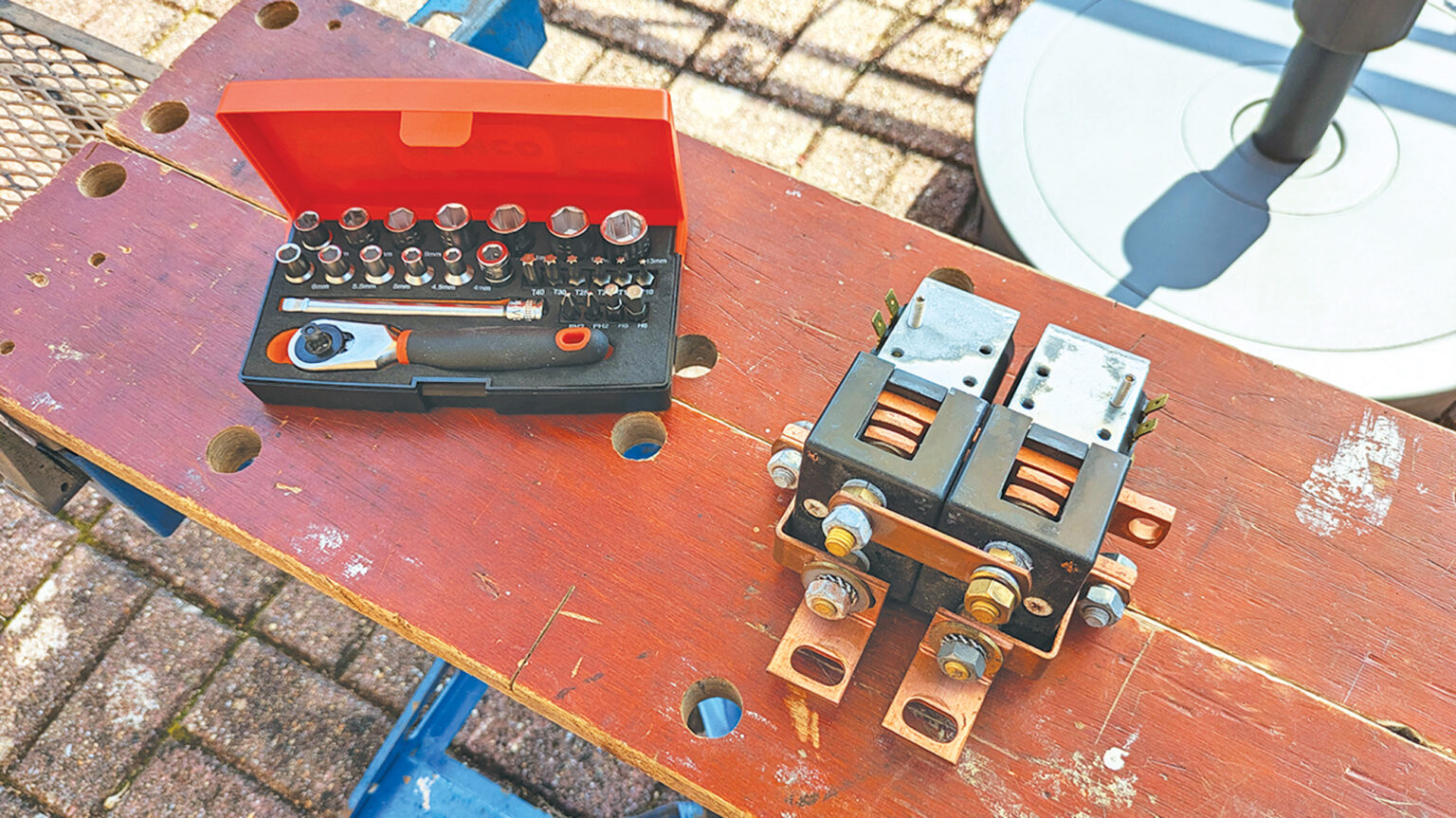Boat bow thrusters are essential devices that enhance a vessel’s maneuverability, particularly during challenging docking or berthing situations. This article sheds light on their workings and significance.
In critical berthing scenarios, the absence of a well-functioning bow thruster can lead to anxiety among boat operators. When faced with a tight spot, the reliance on traditional maneuvering techniques such as leveraging wind and current often becomes necessary. While it’s smart to not overly depend on a bow thruster, it’s equally noteworthy that these devices can turn a potentially stressful situation into a smooth docking experience. Their presence serves not just as a convenience, but as a vital instrument that can define a pleasant sailing experience.
Diagnosing Bow Thruster Issues
Once a vessel is docked safely, troubleshooting becomes the next step if the bow thruster fails to operate. Key diagnostics involve checking if the motor is functional, which can be indicated by a lack of sounds from the relay. A subtle hum or click indicates current flow, while silence may point towards a relay fault.
- Examine for Blockages: First, ensure that the propeller isn’t obstructed by debris like seaweed or plastic.
- Inspect for Overheating: If the device has overheated, allow it to cool before further inspections.
- Check Breakers and Fuses: Assess for any tripped circuit breakers or blown fuses.
- Verify Voltage Supply: Confirm that adequate voltage is reaching the thruster before proceeding with deeper diagnostics.
Bow Thruster Relay Repairs
After confirming the bow thruster motor’s issue likely stems from the relay, the next step involves removing the bow-thruster motor assembly. Depending on the model, this can often be accomplished even while the boat is submerged. However, always consult the manufacturer’s guidelines.
Prior to detaching the motor assembly, ensure that all power sources are turned off, and all electrical connections are disconnected. Bow thruster motors can be substantial in weight; for instance, a typical unit might weigh around 13 kg, necessitating careful handling. Once removed, the relay can be inspected. Often, corrosion accumulates over time, necessitating a cleaning or possible replacement of worn components.
Cleaning and Reassembling the Relay
Disassembling the relay allows for cleaning and inspecting its components. It’s advisable to document the reassembly steps—taking photographs as you go—ensuring that each small part finds its rightful place during reassembly.
Typically, relay contacts are made from silver-alloy plated copper and can be easily cleaned with fine-grit sandpaper. Ensure that corrosion is wiped away and that the surfaces are bright before putting everything back together.
Final Testing of the Relay
After reassembly, testing the relay is essential. Apply voltage to ensure it operates as intended. The clicking from properly functioning contacts will indicate success. Concurrently, take time to assess the motor itself—removing carbon build-up is crucial as excess dust can impair performance.
How Bow Thruster Systems Work
Bow thrusters function through control boxes that operate the motor. Due to their limited capacity for handling heavy currents, they utilize relays for switching. Relays incorporate solenoids, which activate the motor when electric current flows through their coils.
This mechanism is pivotal, as effective current flow through the relay ensures the bow thruster functions without loss of power, providing that essential thrust to the bow. These systems also feature thermal cut-outs to prevent overheating during continuous use.
Impacts on Overall Boating Experience
Bow thrusters can propel a vessel sideways, a remarkable trait that makes docking or maneuvering in tight spots remarkably easier. Equipped with adequate power, these devices can be derived from various battery sources aboard the craft.
Whether powered by a dedicated start battery or a house battery, the efficiency of bow thruster systems speaks volumes about preparation for navigating complex conditions while sailing. While traditional lead-acid batteries have served historically, modern lithium-ion options offer superior performance and efficiency for power-hungry devices.
결론
The value of robust, well-maintained bow thruster systems cannot be overstated. Delivering both confidence and control, these devices can mitigate stress in various boating situations, enhancing the fun and adventure of sailing. At GetBoat.com, the understanding of this essential equipment is part of what makes the service so unique, providing users with the chance to find vessels equipped with quality bow thrusters for reliable floating experiences. Exploring new destinations by sea often involves intricacies that make having reliable equipment a critical part of leisure sailing.
Experiencing a new locale is often a multifaceted journey of discovery. As one delves into local cultures and natural beauties, these adventures are enriched by the ability to navigate unique waterways seamlessly. Planning your next seaside retreat should surely include considering options for boat rentals, as each bay and inlet tells its own story about local charm, food, and lifestyle. Explore rental opportunities at GetBoat.com.
To enhance your boating or sailing adventures, understanding the role bow thruster systems plays is beneficial. Their functionality underscores essential information you need about a chosen vessel. As exploration continues, securing reliable vessels that incorporate advanced systems exemplifies both thoughtful planning and enjoyment on the water.


